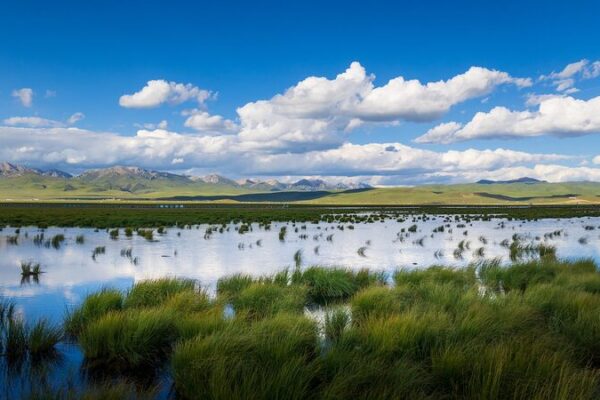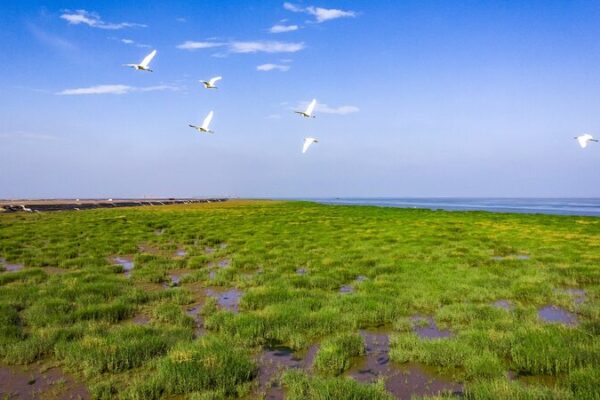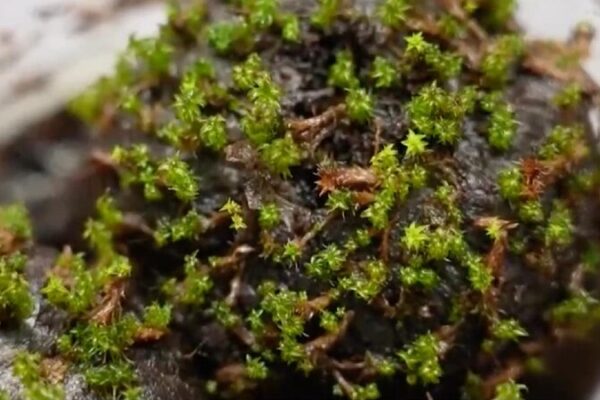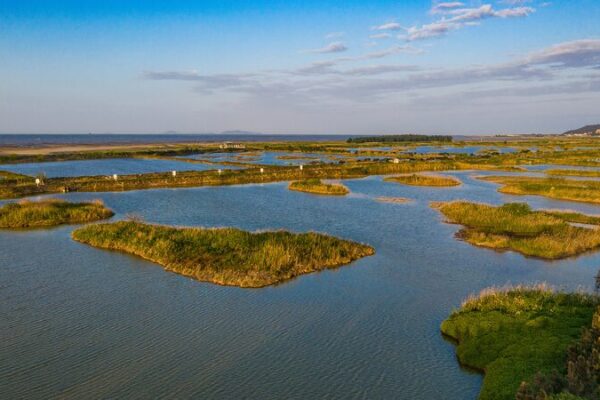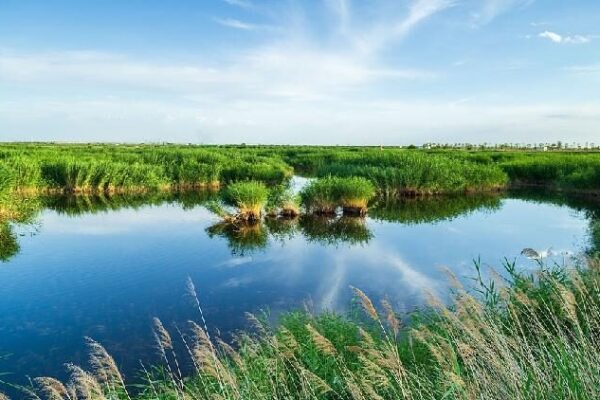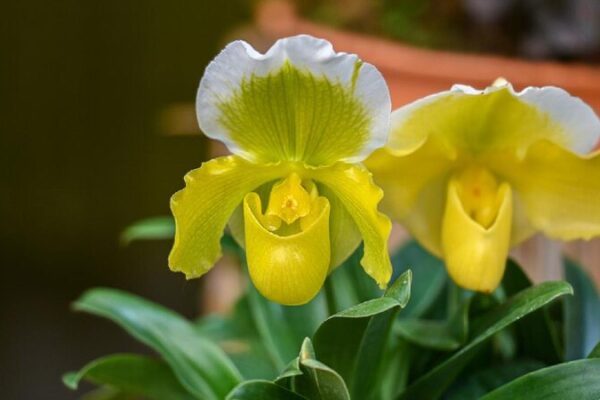In the heart of central China, a tiny plant plays a colossal role in preserving one of the Earth’s oldest wetlands. Peat moss, an unassuming yet extraordinary plant, has thrived for millions of years in the Dajiu Lake area of Shennongjia, Hubei Province, shaping a breathtaking subalpine wetland landscape.
Known as the “kidney of the Earth,” wetlands are among the most valuable ecosystems on our planet. They support 40 percent of all known species and play a crucial role in climate resilience, disaster protection, and economic stability. Wetlands store carbon, buffer against floods and droughts, and sustain millions of livelihoods.
World Wetlands Day 2025: Protecting Our Common Future
As we approach World Wetlands Day on February 2, 2025, themed “Protecting Wetlands for Our Common Future,” it’s essential to recognize the vital role these ecosystems play in our lives. Yet, wetlands face significant threats from pollution, invasive species, and degradation.
In Shennongjia’s Dajiu Lake, peat moss demonstrates how even the smallest organisms can have a monumental impact. With its unique ability to regulate moisture, peat moss maintains the delicate balance of the wetland environment, supporting a rich diversity of life.
Protecting and restoring wetlands like those in Shennongjia is crucial for biodiversity and sustainable development. Integrating wetlands into urban planning, climate policies, and disaster risk strategies can ensure a more resilient and sustainable future for both people and nature.
As we celebrate World Wetlands Day, let’s remember the tiny moss that holds together an ancient wetland and consider how each of us can contribute to protecting these invaluable ecosystems.
Reference(s):
Our wetlands: Where tiny moss supports a 20,000-year-old wetland
cgtn.com

